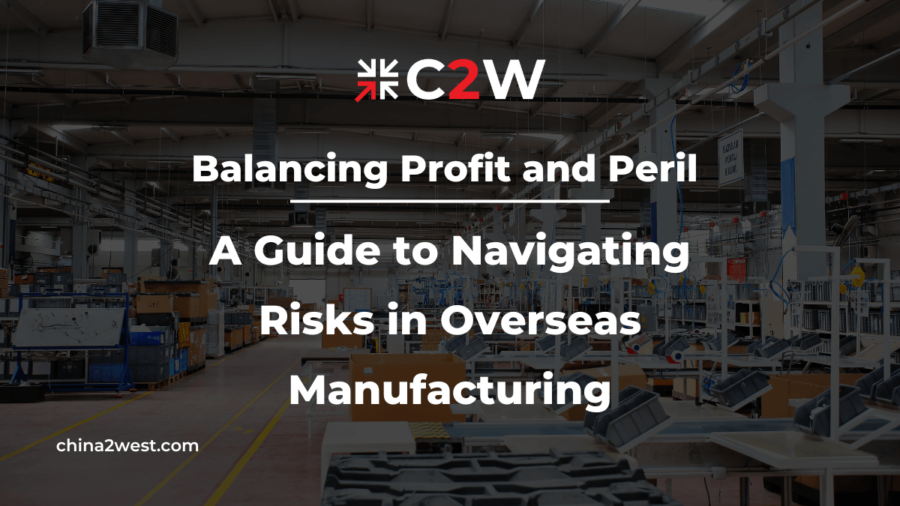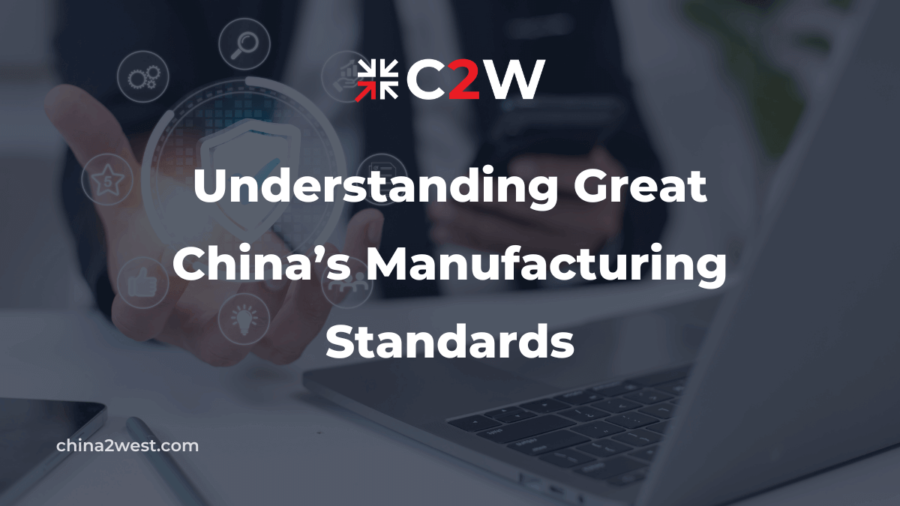Expanding manufacturing operations overseas offers immense opportunities for growth, but it also introduces a complex web of risks that can jeopardize profitability. Successfully navigating these challenges requires a strategic approach that balances potential gains against the inherent perils. This blog post will explore the key risks associated with manufacturing in China, as well as provide insights on how to navigate and mitigate these challenges.
The Legal and Regulatory Framework
One of the foremost hurdles when delving into overseas manufacturing involves grappling with the host country’s complex legal and regulatory landscape. This daunting challenge is especially pronounced in regions where laws and regulations drastically differ from those in the company’s home country. The consequences of non-compliance can range from severe financial penalties to operational halts, significantly jeopardizing a venture’s success.
To sidestep such pitfalls, an imperative first step is thorough research and continuous monitoring of the legal environment to stay abreast of any changes. Engaging with experienced local legal counsel is indispensable, offering invaluable insights and guidance tailored to navigate this intricate legal maze effectively. Moreover, fostering solid connections with local authorities and legal experts can facilitate smoother interactions with regulatory bodies, ensuring that operations adhere to all legal standards and requirements.
Intellectual Property Challenges
In the realm of overseas manufacturing, the safeguarding of intellectual property (IP) emerges as a crucial concern, particularly in nations with a history of IP infringement. A vital component of a company’s strategy should involve the meticulous registration of trademarks and patents within the host country to establish a legal foothold.
Enforcing strict confidentiality agreements and consistently monitoring the marketplace for any unauthorized usage of their IP are steps businesses must undertake to defend their assets vigorously. Aligning with partners and suppliers who have a track record of respecting IP rights is fundamental. Such alliances are not just about collaboration but also about building a defensive perimeter around the company’s intellectual property. Moreover, employing technology to track and manage IP can serve as an additional layer of protection, enabling companies to detect and respond to potential infringements more swiftly.
The Impact of Cultural Differences on Business Operations
Cultural disparities present a nuanced risk in the sphere of overseas manufacturing, particularly in communication, negotiation, and management practices. These differences, if not carefully managed, can lead to costly miscommunications and inefficiencies that hamper production timelines and relationships with local partners. To effectively navigate these cultural waters, companies must prioritize understanding and respecting the host country’s cultural norms and business etiquettes. This entails more than just surface-level adjustments; it requires a deep dive into the local culture to grasp the subtleties that govern business interactions and workplace dynamics.
Investing in comprehensive cross-cultural training for key personnel becomes a strategic imperative. Such training should cover language nuances, non-verbal communication cues, and the importance of building personal relationships before proceeding with business dealings, which are often crucial in many cultures. Additionally, cultivating a local team with a deep understanding of both the home and host country’s cultures can act as a bridge, smoothing over potential cultural rifts and facilitating clearer communication.
Quality Control and Compliance Issues
Ensuring the integrity of product quality and adhering to regulatory standards are indispensable in the framework of overseas manufacturing. The challenges of supervising manufacturing operations from afar, coupled with navigating the intricacies of linguistic and cultural differences, necessitate robust strategies to uphold quality and compliance.
Establishing stringent quality control protocols, such as defining precise quality benchmarks and conducting frequent inspections, is critical to prevent defects and maintain product excellence. Companies must take proactive steps, including the deployment of specialized quality control teams and the utilization of advanced monitoring technologies, to ensure that production processes align with established standards. Additionally, fostering a culture of quality among local partners and suppliers through regular training and engagement is vital to ensure that every aspect of the manufacturing process upholds the company’s quality expectations. Adapting quality assurance practices to the local context, while maintaining global standards, helps in addressing potential compliance issues proactively.
Mitigating Supply Chain and Logistics Risks
Navigating the complexities of supply chain and logistics is a pivotal aspect of successful overseas manufacturing. Disruptions ranging from sudden supplier shortages to logistical bottlenecks can significantly derail production timelines and inflate costs. A strategic approach involves enhancing the robustness of the supply chain through diversification. By broadening the network of suppliers, companies can reduce dependency on any single source, thereby insulating themselves against region-specific disruptions. Establishing comprehensive contingency strategies is another critical step. This requires not just identifying potential risk points within the supply chain but also developing actionable plans to address these challenges swiftly when they arise.
Optimizing logistics operations is equally important. This includes refining transportation routes, streamlining customs procedures, and improving inventory management practices to ensure efficiency and cost-effectiveness. The adoption of cutting-edge technologies plays a crucial role here. Supply chain management software offers a holistic view of the supply chain, enabling better decision-making through data analytics. Real-time tracking systems, on the other hand, provide transparency and timely updates on shipment statuses, helping to preempt delays and respond proactively to logistical hurdles.
The Role of Political Stability in Overseas Manufacturing
The significance of political stability cannot be overstated in the context of overseas manufacturing. Unpredictable political climates can lead to sudden regulatory changes, taxation adjustments, or even expropriation, all of which pose substantial risks to foreign enterprises. It is essential for companies to conduct a comprehensive political risk assessment before establishing operations in a new country and to continue monitoring the political scene actively. This vigilance helps in foreseeing and preparing for possible disruptions that could impact manufacturing processes or the supply chain.
To navigate the often volatile political landscapes, cultivating a network of local allies, including government officials and business leaders, is invaluable. These connections can offer critical insights into potential policy shifts and provide a degree of influence or forewarning that can be crucial for timely adjustments to business strategies. Additionally, developing a flexible business plan that can adapt to changing political scenarios is a key element of risk management in overseas manufacturing.
Evaluating the Environmental Impact
As businesses expand into overseas manufacturing, the environmental footprint of their operations takes on heightened significance. Rigorous assessment of how activities from resource acquisition through to the disposal stage affect the environment is essential. Adopting sustainable practices is not merely a matter of regulatory compliance; it’s an opportunity to foster a positive corporate image and connect with a broader base of environmentally conscious consumers. Initiatives such as optimizing energy use, minimizing waste production, and enhancing recycling efforts play a critical role in reducing the ecological impact of manufacturing processes. Engagement with suppliers who are equally committed to environmental stewardship can amplify these efforts across the entire supply chain, creating a ripple effect of sustainability practices.
Overseas manufacturing can be a powerful tool for businesses seeking to expand their reach and increase profitability. By carefully considering the risks involved and implementing proactive strategies, you can navigate the perils and unlock the potential of this globalized approach. If you are seeking a more comprehensive solution to optimize your production, contact us today to explore how our tailored solutions can meet your specific needs and drive successful results.


